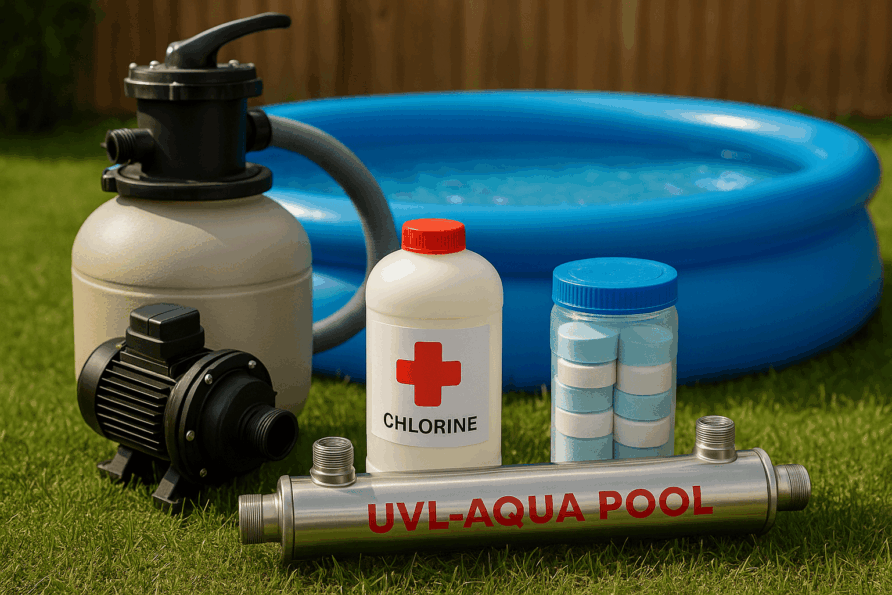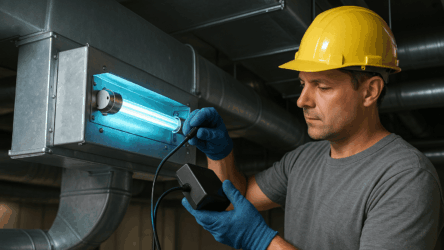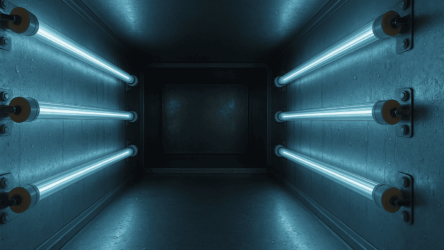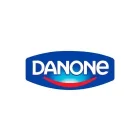A kids’ pool is a summer favorite—but beneath the surface fun, serious risks may be hiding. A child’s immune system is especially sensitive to pathogens that thrive in warm, untreated water. Without proper care, harmful bacteria, fungi, and viruses can multiply rapidly, leading to skin infections or even gastrointestinal illnesses.
This guide covers how to properly prepare and maintain clean water in a children’s pool to ensure a safe and healthy environment.
Step-by-Step Guide to Water Preparation
Start by cleaning the empty pool basin. Before setting up an inflatable or frame pool, wipe it down with an algaecide. This helps prevent algae and spore growth. Let it dry fully before filling.
If you have a filtration system, inspect it—replace filters and clean the housing if necessary. If you don’t have one, install at least a basic filter to remove fine particles and reduce bacteria growth.
Use clean tap water or pre-treated water for filling.
Next comes initial disinfection. Fast-dissolving chlorine products are commonly used. Shock chlorination is the most effective method, but swimming should be avoided for at least 12 hours after treatment (refer to product guidelines).
However, chlorine has its downsides. It forms chloramines, which can irritate eyes, skin, and the respiratory system—especially in children. To reduce these effects, consider installing a UV sterilization system like UVL-AQUA. Ultraviolet disinfection lamps break down chloramines and neutralize microbes without altering the water’s chemistry.
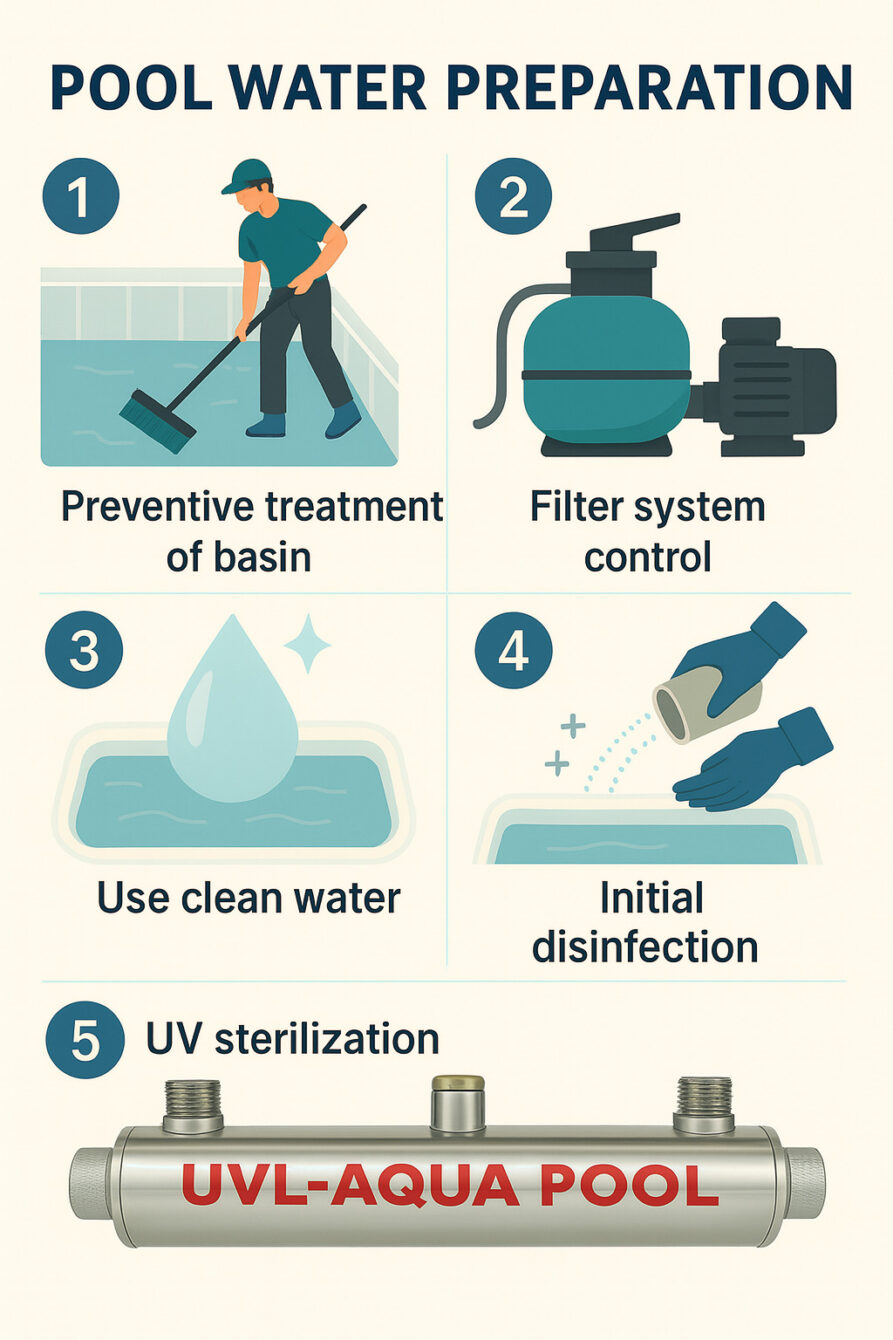
Keeping the Water Clean and Safe
To maintain sanitary conditions in the pool:
- Add pool chemicals regularly (including shock treatments on schedule)
- Rinse and replace filters as needed
- Ensure continuous water circulation with a low-power pump
- Refresh at least 10% of the water volume daily; for small pools, do a complete water change every 1–2 weeks
- Install a UV disinfection lamp to kill up to 99.9% of bacteria and viruses, especially if only basic filtration is available
Clean Pool, Happy Kids
Continuous microbial control is essential for safe swimming. Ultraviolet disinfection systems are gentle yet highly effective. They’re often used in combination with a reduced chlorine dose to maintain clarity without chemical overload.
Here are water circulation guidelines for children’s pools:
- Under 7 years old: complete turnover every 30 minutes
- Ages 7–14: full turnover within 2 hours
UVL-AQUA units can be selected according to these standards and the pump’s capacity. More details are available in the catalog.
What Happens If You Don’t Maintain the Water?
Without consistent care, the water becomes unsafe very quickly. Sunlight, heat, and organic debris create ideal conditions for pathogens.
Most common risks include:
- Bacterial contamination: Organisms like E. coli, Salmonella, and Staphylococcus multiply fast, causing digestive issues, fever, and vomiting.
- Fungal and skin infections: Rashes, itching, and pustules are common in children with sensitive skin.
- Allergic reactions: Decomposing organic matter and microbial waste can trigger rashes, runny noses, watery eyes, or breathing problems.
Even water that looks clear may be microbiologically unsafe. For kids, the consequences can be severe due to their underdeveloped immune systems.
Final Thoughts
Clean water is key to a healthy summer. Regular filtration, UV disinfection, and smart chemical usage make pool maintenance easy and effective. Add a UV sterilizer, follow simple steps, and you’ll ensure that the water in your children’s pool stays crystal clear and safe all season long.

